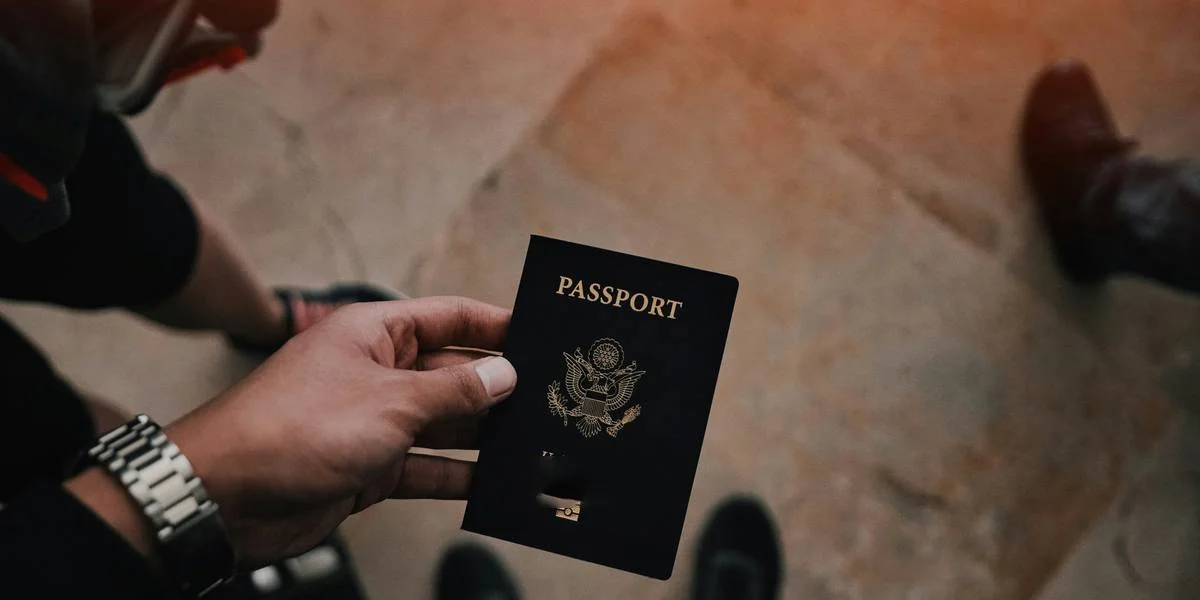
By, Gokite Tour
- 1.1k Views
- 5 Min Read
- (0) Comment
Different Types of Australia Travel Visas Explained
Australia is one of the most sought-after travel destinations in the world, known for its vibrant cities, stunning landscapes, and diverse wildlife. Whether you’re planning a short holiday, visiting family and friends, or looking to explore work opportunities, you’ll need the right visa to enter the country. Understanding the Types of Australia Travel Visas can help ensure your trip goes smoothly without any unexpected complications at immigration.
For many first-time travellers, the visa process can seem confusing. You may be wondering, “Which Australia visa is easiest to get?” or “How many visa types are there in the Australia?” The Australian government offers a wide range of travel visa options, each designed for specific travel purposes. In this guide, we will break down the different Types of Australia Travel Visas and provide essential information to help you choose the one that best suits your needs.
1. Visitor Visa (Subclass 600)
The Visitor Visa (Subclass 600)
is the most common option for tourists. It allows travellers to visit Australia for tourism, family visits, or business visitor activities. The visa duration can vary between 3, 6, or 12 months.
- Ideal for: Tourists, visiting family/friends, or short business trips
- Processing Time: 15–30 days
- Cost: Approximately AUD 190
- Easiest to get? Yes, for straightforward tourism visits, this is one of the easiest options.
2. Electronic Travel Authority (ETA) (Subclass 601)
The ETA (Subclass 601) is a quick and simple visa for passport holders from certain eligible countries. It allows multiple short-term visits to Australia within a 12-month period, with each stay lasting up to 3 months.
- Ideal for: Frequent travellers for tourism or business
- Processing Time: Instant to 1 day
- Cost: AUD 20 service fee
- Easiest to get? Often the quickest and easiest if eligible.
3. eVisitor Visa (Subclass 651)
The eVisitor Visa (Subclass 651) is free of charge and available for passport holders of the European Union and some other European countries. Like the ETA, it allows multiple visits of up to 3 months each over a 12-month period.
- Ideal for: European passport holders visiting for tourism or business
- Processing Time: 1–5 days
- Cost: Free
- Easiest to get? Yes, for eligible European citizens.
4. Working Holiday Visa (Subclass 417 & 462)
The Working Holiday Visa is perfect for young adults who wish to holiday and work in Australia for up to one year. There are two subclasses depending on your country of passport.
- Ideal for: Young travellers (18–30 or 35 years old depending on the country)
- Processing Time: 21–35 days
- Cost: Around AUD 635
- Easiest to get? Moderate — requires meeting eligibility requirements.
5. Student Visa (Subclass 500)
For those wishing to pursue an education in Australia, the Student Visa (Subclass 500) allows enrolment in registered courses and permission to work limited hours.
- Ideal for: International students enrolling in Australian institutions
- Processing Time: 1–3 months
- Cost: AUD 710
- Easiest to get? Depends on the applicant’s educational background and financial documentation.
6. Transit Visa (Subclass 771)
The Transit Visa (Subclass 771) allows short transit through Australia for up to 72 hours.
- Ideal for: Travellers passing through Australia en route to another country
- Processing Time: A few days
- Cost: Free
- Easiest to get? Very easy if documentation is in order.
7. Business Visitor Visa
There are different options under business visitor visas such as Business ETA (Subclass 601) or Visitor Visa Business stream (Subclass 600) for attending conferences, meetings, or exploring business opportunities.
- Ideal for: Business travellers
- Processing Time: Varies by stream
- Cost: Varies
- Easiest to get? Business ETA is easy for eligible passport holders.
How Many Visa Types Are There in the Australia?
You may be wondering, “How many visa types are there in the Australia?” Technically, Australia offers hundreds of visa subclasses, but when it comes to travel visas, the main types are:
- Visitor Visa (Subclass 600)
- Electronic Travel Authority (ETA) (Subclass 601)
- eVisitor Visa (Subclass 651)
- Working Holiday Visa (Subclass 417 & 462)
- Student Visa (Subclass 500)
- Transit Visa (Subclass 771)
- Business Visitor Visa options
In short, there are about 6 to 7 key Types of Australia Travel Visas that most travellers will apply for based on their travel purpose.
FAQ:
Q1. Which Australia visa is easiest to get?
A1. The ETA (Subclass 601) and eVisitor (Subclass 651) are generally the easiest to get for eligible passport holders as they have fast processing times and minimal requirements.
Q2. How long can I stay on a Visitor Visa (Subclass 600)?
A2. You can stay for 3, 6, or 12 months depending on the visa granted.
Q3. Can I work in Australia on a travel visa?
A3. You cannot work on tourist visas, but the Working Holiday Visa allows work during your stay.
Q4. What’s the difference between ETA and eVisitor?
A4. They are similar in function but differ in eligibility based on passport nationality and application process.
Q5. Do I need a visa to transit through Australia?
A5. Yes, you may need a Transit Visa (Subclass 771) if your layover exceeds 8 hours or if you leave the airport.
Most Popular International Visas for Omanis
Albania Visa | Argentina Visa | Australia Visa | Austria Visa | Azerbaijan visa | Bahamas Visa | Bahrain visa | Bangladesh visa | Bosnia Visa | Brazil Visa | Brunei Visa | Cambodia visa | Cameroon visa | Canada Visa | Chile visa | China Visa | Colombia Visa | Croatia Visa | Cyprus visa | Czech republic visa
How to Apply visa for other countries
Denmark visa | Egypt visa | Ethiopia Visa | France visa | Germany visa | Greece visa | Hong Kong Visa | Hungary visa | India visa | Indonesia Visa | Ireland visa | Italy Visa | Japan visa | Jordan visa | Kazakhstan visa | Kenya visa | Kuwait Visa | Madagascar visa | Malaysia visa | Malta Visa
Recommended Read: Complete Visa Information for Australia Travellers





Leave a comment:
You must be logged in to post a comment.